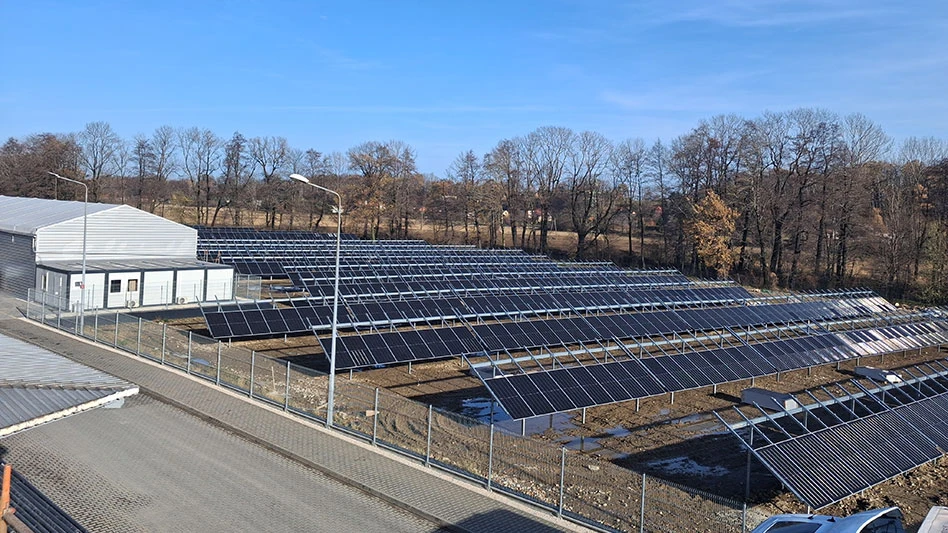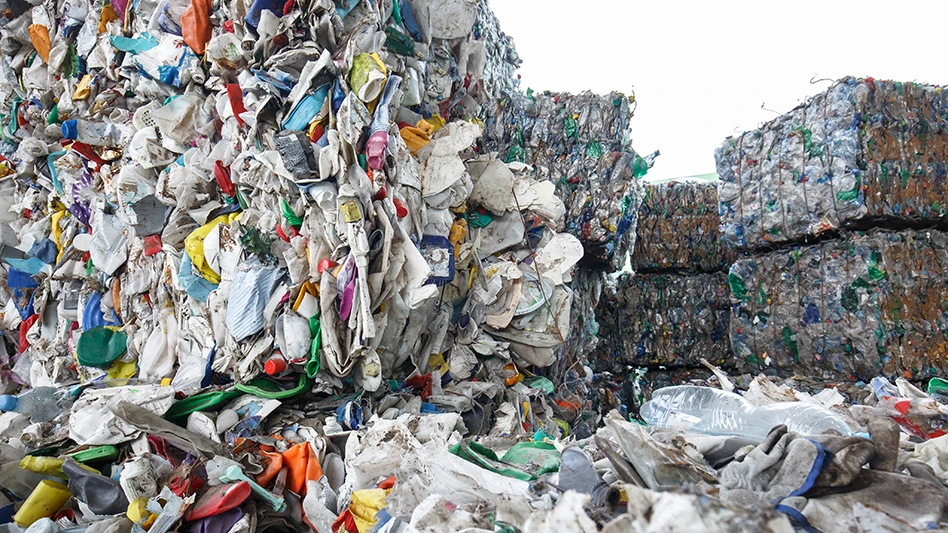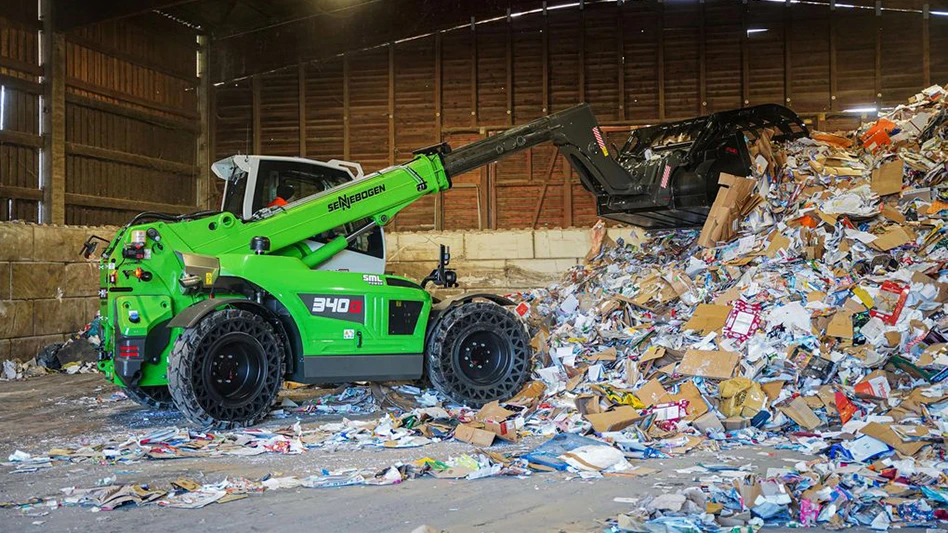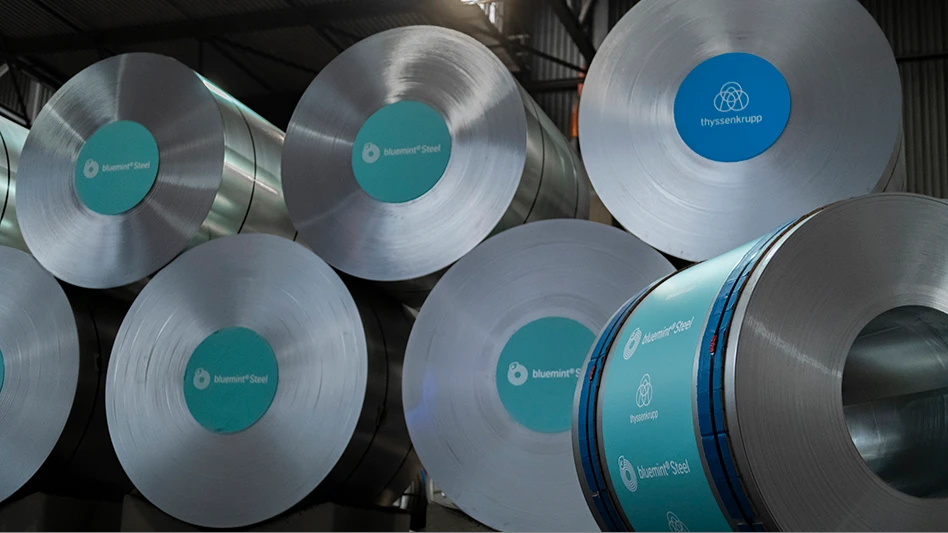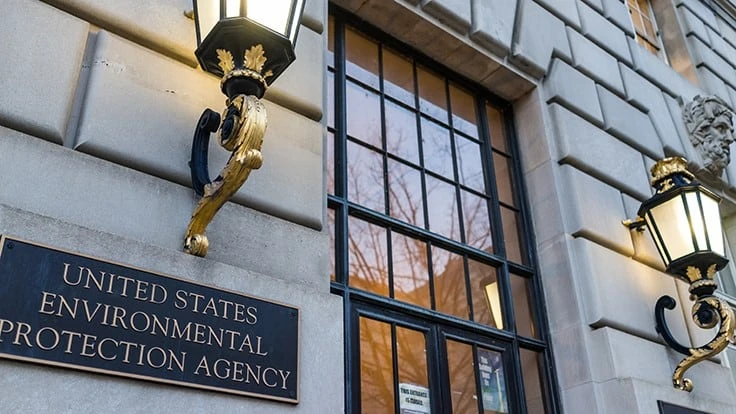
Several trade associations have offered feedback that is largely positive regarding the drafted National Recycling Strategy of the United States Environmental Protection Agency (EPA).
The Washington-based Institute of Scrap Recycling Industries (ISRI) says it “supports EPA’s National Recycling Strategy, which correctly identifies reducing contamination, increasing efficiency and improving markets as the key elements that need to be addressed to create a more resilient residential recycling system in the United States." However, the association says it "calls on EPA to codify definitions for recycling to create policy consistency and help achieve the strategy.”
In a seven-page document posted to its website and signed by ISRI Vice President of Advocacy Adina Renee Adler, ISRI lists as its foremost point ensuring that recyclable commodities are not referred to as “waste.” The association writes, “Recyclables are not waste and recycling is not waste management. This is critical to ensure the proper focus of activities coming out of the strategy.”
ISRI says parts of the strategy draft document refer to the “municipal solid waste recycling system” and “municipal solid waste.” Adler writes, “During the course of the work of the America Recycles Network, EPA Administrator Wheeler and EPA staff have often referred to the material that flows through the residential recycling stream as valuable resources, attempting to differentiate it from waste.”
The differentiation has long been a priority for ISRI. Adler also writes, “Recyclable materials (often referred to as ‘scrap’ by the recycling industry) are not waste. They are raw materials processed by recyclers to a specification grade and valued by manufacturers for their cost, energy and environmental savings. The written references in the draft strategy muddle the reality (as well as statutory understandings) that materials collected for the purpose of recycling are separate from solid waste.”
Other suggestions ISRI makes include paying greater attention to municipal recycling program contamination rates, material recovery facility (MRF) processing efficiency and the bolstering of end markets for some collected materials.
A four-paragraph press release co-signed by 11 plastic-related trade groups did not offer detailed suggestions or feedback. The coalition of groups, calling themselves the Plastics Association Leaders Group (PAL), writes, “We applaud the EPA for taking up this process to establish a national recycling strategy for the 21st century to ensure more recyclable materials are collected, processed, and manufactured into new products. Our industry looks forward to being a valued partner and lending our expertise to support this ambitious goal.”
Among the trade associations listed as being part of PAL are the Plastics Industry Association, the Plastics Division of the American Chemistry Council and the Vinyl Institute.
The Arlington, Virginia-based National Waste & Recycling Association (NWRA) has expressed concern that the methods identified by EPA to reach their goals might not be sufficient and has offered recommendations it says can “help ensure EPA meets the recycling goals.”
In part, NWRA has recommended the EPA establish a goal of 30 percent recycled content by 2025 for plastic (rather than the drafted 50 percent by 2030), and that beyond plastic, EPA “work with trade associations to establish content goals for glass, paper and metal.”
Latest from Recycling Today
- The Scrap Show: Johnnie Jr., Roger and Marcie Rodriguez, Comal Iron & Metals
- ASTM releases textile circularity standards report
- Volvo adds two models to updated excavator line
- Harsco brands slag-content asphalt as SteelPhalt
- ArcelorMittal puts French EAF conversions on hold
- Associations ask for effective EPR to drive textile circularity in Europe
- GESA report claims 72 countries recycled EPS in 2023
- Report: Saica exploring recycled paper mill project in Dayton, Ohio
